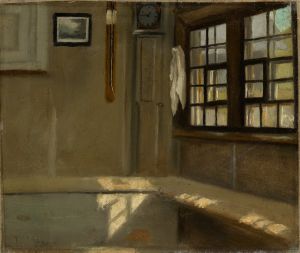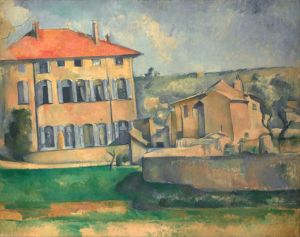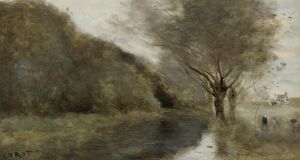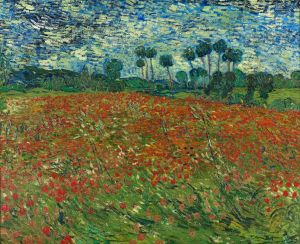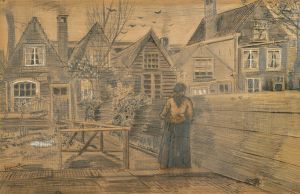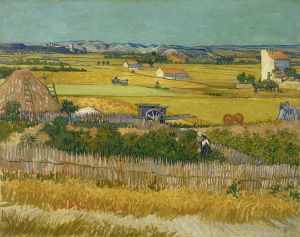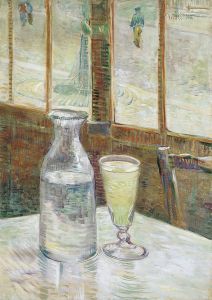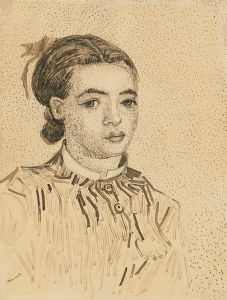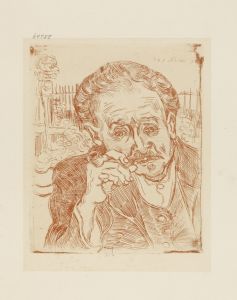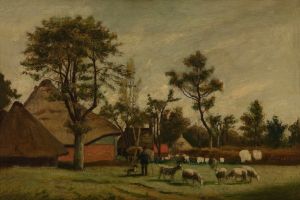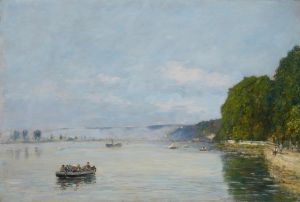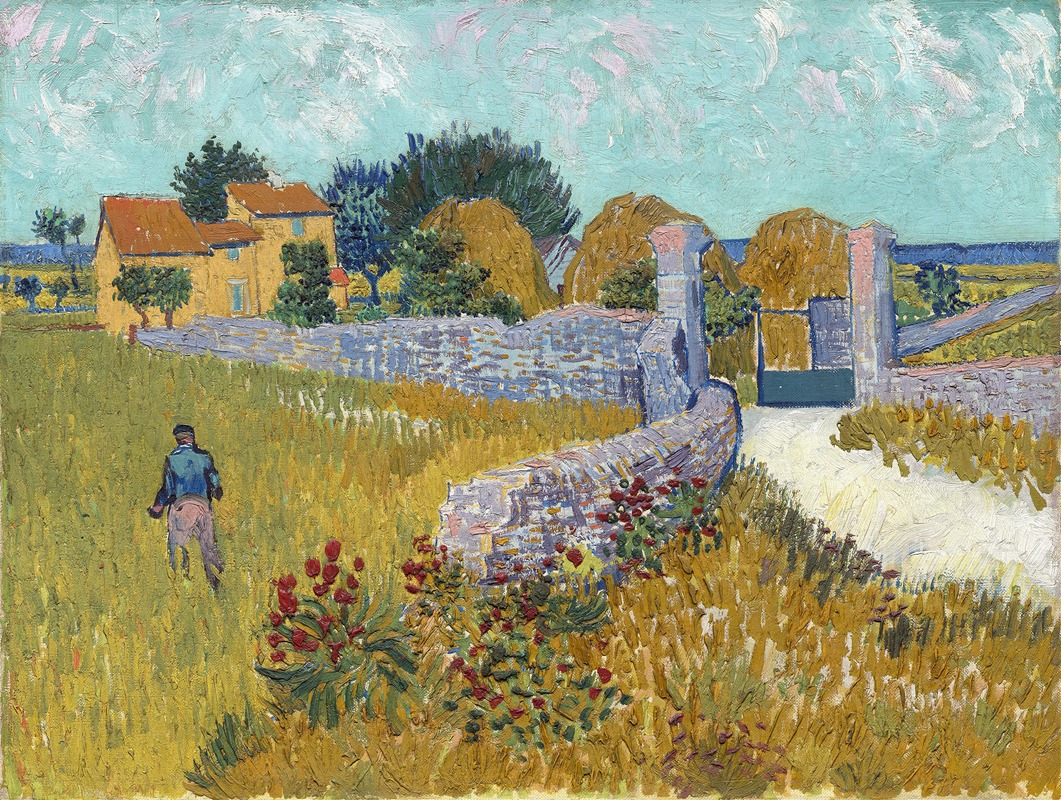
Farmhouse in Provence
A hand-painted replica of Vincent van Gogh’s masterpiece Farmhouse in Provence, meticulously crafted by professional artists to capture the true essence of the original. Each piece is created with museum-quality canvas and rare mineral pigments, carefully painted by experienced artists with delicate brushstrokes and rich, layered colors to perfectly recreate the texture of the original artwork. Unlike machine-printed reproductions, this hand-painted version brings the painting to life, infused with the artist’s emotions and skill in every stroke. Whether for personal collection or home decoration, it instantly elevates the artistic atmosphere of any space.
"Farmhouse in Provence" is an oil painting created by the renowned Dutch artist Vincent van Gogh in 1888. This artwork is part of Van Gogh's prolific period in the south of France, specifically in the region of Provence, where he produced some of his most celebrated works. The painting is a vivid representation of Van Gogh's fascination with rural life and the natural landscape of Provence, capturing the essence of the countryside with his distinctive style.
Vincent van Gogh moved to Arles, a town in Provence, in February 1888, seeking the bright light and vibrant colors of the region, which he believed would enhance his work. During his time in Arles, Van Gogh was deeply inspired by the rural surroundings, and this inspiration is evident in "Farmhouse in Provence." The painting depicts a rustic farmhouse set amidst lush greenery, with the vibrant colors and dynamic brushstrokes characteristic of Van Gogh's work during this period.
In "Farmhouse in Provence," Van Gogh employs a rich palette of colors, including various shades of green, yellow, and blue, to convey the warmth and vitality of the Provençal landscape. The composition is marked by bold, swirling brushstrokes that create a sense of movement and energy, a technique that Van Gogh often used to express his emotional response to the natural world. The painting's texture and color contrast highlight the simplicity and beauty of rural life, a theme that Van Gogh explored in many of his works.
The farmhouse itself is depicted with a sense of solidity and structure, yet it is enveloped by the surrounding nature, suggesting a harmonious relationship between human habitation and the environment. This balance between man-made structures and the natural world is a recurring motif in Van Gogh's art, reflecting his deep appreciation for the countryside and his desire to capture its essence on canvas.
"Farmhouse in Provence" is one of several paintings Van Gogh created during his time in Arles that focus on rural architecture and landscapes. This period was marked by intense productivity and artistic development for Van Gogh, as he experimented with color, form, and technique. His work from this time laid the foundation for his later masterpieces and contributed significantly to his posthumous reputation as one of the most influential figures in Western art.
Today, "Farmhouse in Provence" is held in a private collection, making it less accessible to the public compared to some of Van Gogh's other works housed in major museums. Nevertheless, it remains an important piece within the artist's oeuvre, exemplifying his unique ability to transform ordinary scenes into extraordinary expressions of color and emotion.
Van Gogh's time in Provence was a period of both personal and artistic growth, and "Farmhouse in Provence" stands as a testament to his enduring fascination with the rural landscape and his innovative approach to capturing its beauty. Through this painting, viewers can glimpse the world as Van Gogh saw it—a place of vibrant color, dynamic energy, and profound simplicity.





